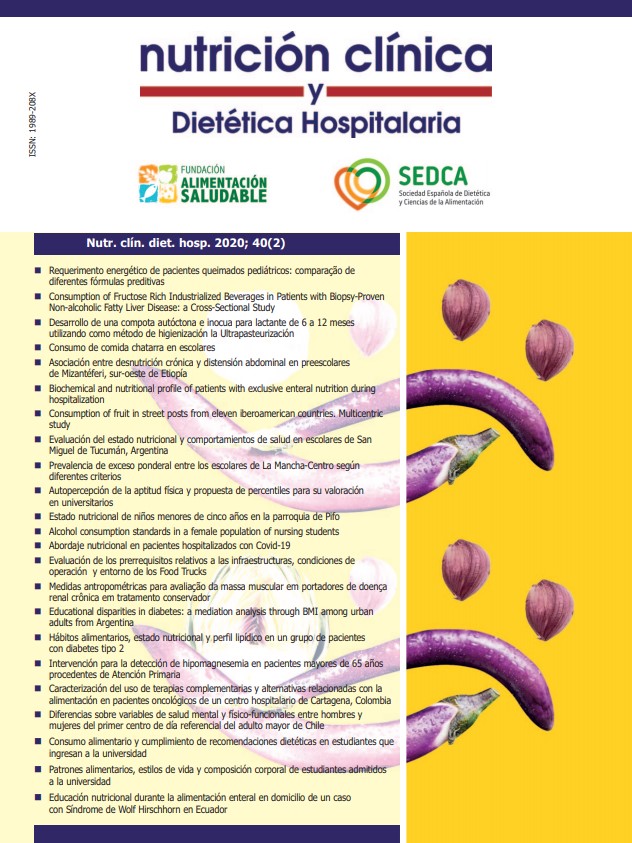Autopercepción de la aptitud física y propuesta de percentiles para su valoración en universitarios
DOI:
https://doi.org/10.12873/402gomezPalabras clave:
percentilesResumen
Objetivo: Verificar la validez y confiabilidad de la escala de auto-percepción de la aptitud física EAF y proponer referencias por medio de percentiles en función del rango de edad y sexo Métodos: Se estudiaron 1569 jóvenes (875 hombres y 694 mujeres) de una universidad del Perú. Se evaluó peso y estatura y se calculó el índice de Masa Corporal (IMC). La aptitud física se evaluó mediante la escala EAF. La validación se efectuó por medio de Análisis Factorial Confirmatorio (A-FC). La confiabilidad se verificó por medio de Alpha de Cronbach y se generaron percentiles para la categorización. Resultados: La escala evidenció saturaciones superiores a 0,41 para 18 preguntas, el porcentaje de explicación de la varianza fue del 52%, el KMO fue de 0,911 (X2= 15578.883, gl= 435. El alpha de Cronbach mostró valores superiores a 0,75. Los percentiles propuestos fueron P15, p50, p85. Conclusión: La escala de AAF es válida y confiable para jóvenes universitarios. Los percentiles son una alternativa para identificar, clasificar y categorizar los niveles de aptitud física.
Descargas
Publicado
Licencia
Derechos de autor 2020 Nutrición Clínica y Dietética Hospitalaria

Esta obra está bajo una licencia internacional Creative Commons Atribución-NoComercial-SinDerivadas 4.0.
Los lectores pueden utilizar los textos publicados de acuerdo con la definición BOAI (Budapest Open Access Initiative)







